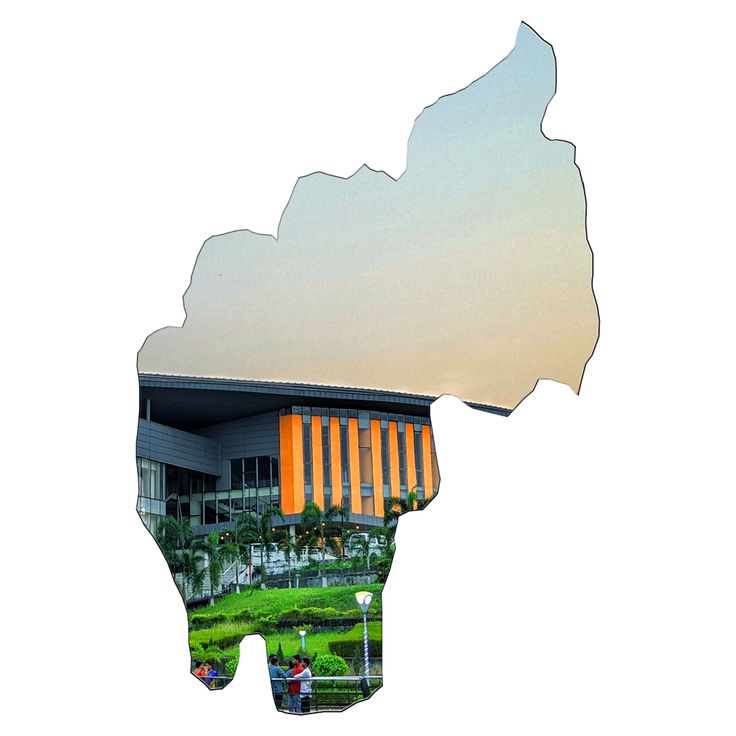Tripura: 7 Powerful Insights into Its Rich History, Cultural Heritage, and Modern-Day Significance
Introduction
Tripura, a small yet significant state in northeastern India, is known for its rich history, vibrant culture, and diverse geography. Situated in the northeastern part of the country, Tripura shares borders with Bangladesh, which has influenced its culture and trade practices over centuries. Though often overlooked, Tripura holds an important place in India’s political and cultural landscape. With its deep-rooted traditions, beautiful landscapes, and unique blend of influences, Tripura offers a fascinating story of resilience and identity.
History
Tripura’s history dates back to ancient times, with mentions in various historical texts, including the Mahabharata. The state was historically ruled by the Manikya dynasty, which lasted for nearly 400 years and played a pivotal role in shaping the region’s culture and governance. Under the Manikyas, Tripura saw a period of prosperity, with the construction of several temples, palaces, and fortresses that still stand today, such as the Ujjayanta Palace in the capital, Agartala.
During British colonial rule, Tripura remained an independent princely state, which helped preserve much of its culture and autonomy. The state was formally integrated into India after its independence in 1947 and later became part of the Indian Union in 1949, following the merger of the princely state.
Tripura’s political landscape has been shaped by multiple challenges, from ethnic conflicts to the struggle for recognition and rights of indigenous communities. Over the decades, the state has made significant strides in improving its infrastructure, education, and economic status.
Daily Life Impacts
Life in Tripura is characterized by a blend of traditional customs and modern influences. Daily life is influenced by the state’s agrarian economy, rich cultural practices, and the diverse ethnic communities that inhabit the region.
- Agriculture and Economy: It’s economy is primarily agricultural, with the cultivation of crops such as rice, rubber, and tea. Agriculture provides the backbone for the state’s economy, supporting a large part of its rural population. Tripura is also one of the largest producers of pineapples in India, and the state’s horticultural industry has been growing, boosting local farmers’ incomes.
- Cultural Practices: Life in Tripura is deeply connected to its cultural heritage, and the people of the state celebrate various festivals, including Kharchi Puja, Durga Puja, and Garia Puja. These festivals are marked by vibrant processions, traditional music, and dance forms like Hojagiri and Lebang Boomani. These celebrations are integral to the daily life and identity of the people, offering a sense of community and unity.
- Political Landscape: Politically, Tripura has witnessed frequent changes in leadership, with shifts between the Left Front (mainly led by the Communist Party of India (Marxist), CPI(M)) and the BJP-led alliance. The state’s political environment has had a significant impact on the economic policies, governance, and social changes in Tripura, reflecting the evolving aspirations of its diverse population.
Key Facts
- Capital: The capital of Tripura is Agartala, a city rich in history, culture, and education.
- Geography: It is located in the northeastern part of India, bordered by Bangladesh to the west, Assam and Meghalaya to the east and north, respectively. It is known for its hilly terrain and lush green forests.
- Language: Bengali is the official language of Tripura, with Kokborok (a Tibeto-Burman language) spoken by the indigenous communities in the state.
- Population: It has a population of around 3.7 million people, making it one of the smaller states in India in terms of population.
- Economy: The state’s economy is heavily based on agriculture, especially the production of crops like rubber, pineapple, and tea. The manufacturing sector has also grown, including the production of handlooms and handicrafts.
- Tourism: The boasts scenic landscapes, historical sites, and religious shrines, attracting visitors to explore its unique beauty. The Neermahal Palace, located in Melaghar, is one of the most famous tourist destinations in the state.
- Wildlife: The state is home to several wildlife sanctuaries, including the Sepahijala Wildlife Sanctuary, which protects a variety of species, including elephants, deer, and numerous bird species.
Significance in Society
- Cultural Diversity: It’s cultural significance lies in its diverse population, which includes Tripuris, Bengalis, and a number of indigenous tribes such as the Reangs and Jamatia. The state’s cultural diversity is celebrated through its festivals, rituals, art, and daily life practices, offering a unique glimpse into India’s pluralistic society.
- Economic Growth: Although Tripura has historically been an underdeveloped state, it is now showing signs of growth, particularly in sectors like agriculture, tourism, and handicrafts. The rubber industry, in particular, has helped boost employment and economic output, offering a model of sustainability and growth for the state.
- Political Role: It’s political significance comes from its active role in regional politics, often acting as a bellwether for the larger political trends in northeastern India. It has been a crucial part of India’s democratic framework, contributing to national conversations on governance, development, and regional autonomy.
Observance and Important Points
- Kharchi Puja: This is one of the most significant festivals in Tripura, where the people pay homage to the 14 deities of the state. It is marked by massive celebrations, rituals, and processions.
- Durga Puja: Celebrated by both Bengali and Tripuri communities, Durga Puja is an essential festival in Tripura. The festival highlights the state’s blend of Hindu and tribal traditions.
- Garia Puja: Celebrated by the indigenous communities, Garia Puja is a festival of cultural and spiritual significance. It is marked by songs, dances, and rituals honoring the deities.
Wishing for a Bright Future
The future of Tripura looks promising, as the state continues to focus on economic growth, education, and infrastructure development. The government’s efforts to promote rubber farming, handicrafts, and tourism have the potential to elevate the state’s economic status and provide a better quality of life for its citizens. As Tripura strives for prosperity, its vibrant culture, rich traditions, and resilient people will continue to play a crucial role in shaping its identity.
FAQs
- What is the capital of Tripura? The capital of Tripura is Agartala.
- What languages are spoken in Tripura? The official language is Bengali, while Kokborok is spoken by many indigenous communities.
- What are the famous festivals of Tripura? Major festivals include Kharchi Puja, Durga Puja, and Garia Puja.
- What is the economy based on? It’s economy is primarily based on agriculture, with a focus on rubber, pineapples, and tea.
- What are the key tourist destinations? Popular tourist destinations include the Neermahal Palace, Ujjayanta Palace, and Sepahijala Wildlife Sanctuary.
Conclusion
Tripura, with its history, culture, and aspirations, continues to carve its unique place in the fabric of India. While it may not be as widely recognized as some other states, Tripura’s rich heritage, commitment to development, and diverse population contribute significantly to India’s vibrant identity. As the state progresses towards a brighter future, it remains a symbol of resilience, culture, and progress.










